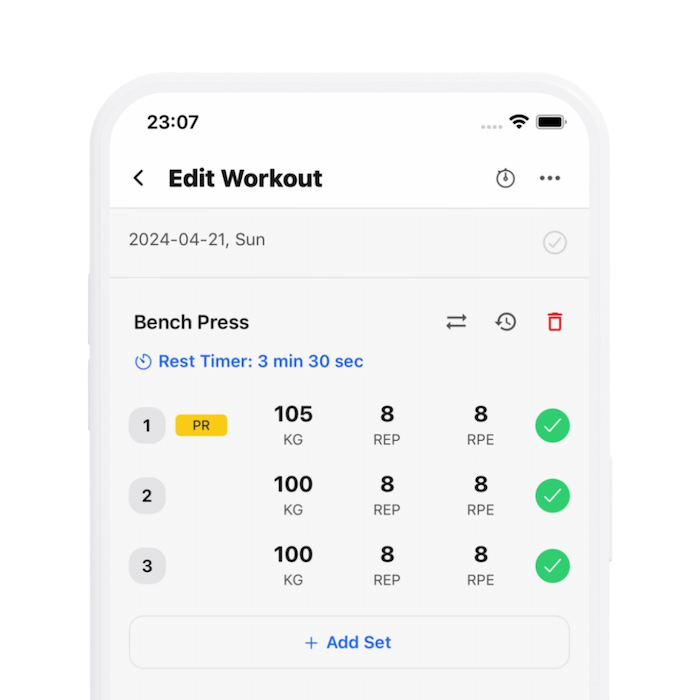30 Seconds SummaryBlood Flow Restriction – The Holy Grail for Accessory Work?
- Blood Flow Restriction (BFR) training involves restricting venous blood flow out of a limb while still allowing arterial flow into it, causing significant muscle pumps.
- BFR training doesn't lead to more muscle growth than conventional heavy training, but it's highly effective in increasing strength when combined with heavy training.
- Benefits of BFR include enhancing recovery, reducing muscle atrophy during injury, and significant strength gains without muscle damage, allowing for quick recovery.
- BFR works by increasing metabolic stress, motor unit recruitment, cellular swelling, modulating key hypertrophy signaling pathways and gene expression, and potentially increases in growth hormone.
- While studies show similar hypertrophy between low-load BFR training and heavy conventional training, BFR surprisingly offers similar or even greater strength gains.
- Additionally, low-load BFR training can be the 'holy grail' for strength athletes, adding effective volume to training without additional recovery demands.
- Implementation of BFR training involves doing 3-4 sets of 15-40 reps with 20-30% of max load, with minimal rest, and can be integrated with conventional training for enhanced strength gains.
Stronger By Science
Greg Nuckols
